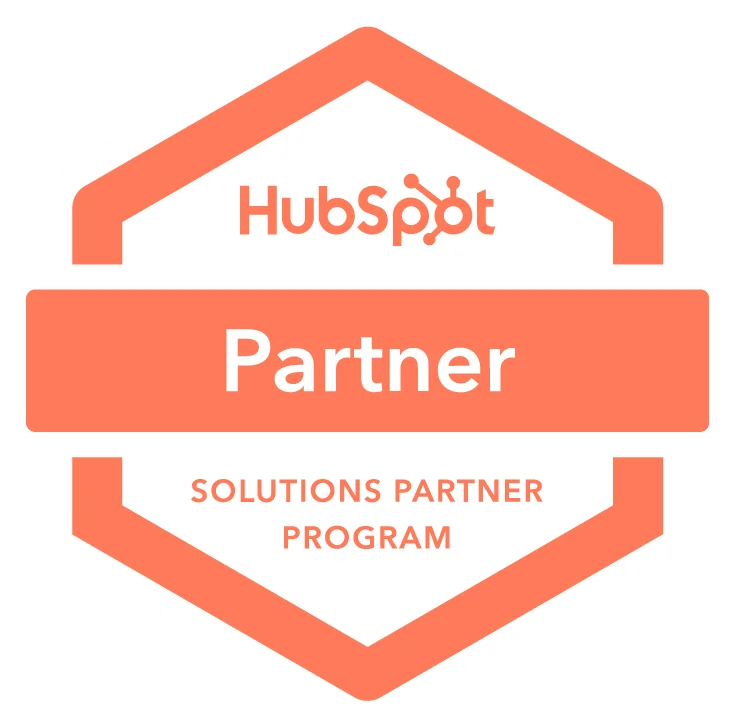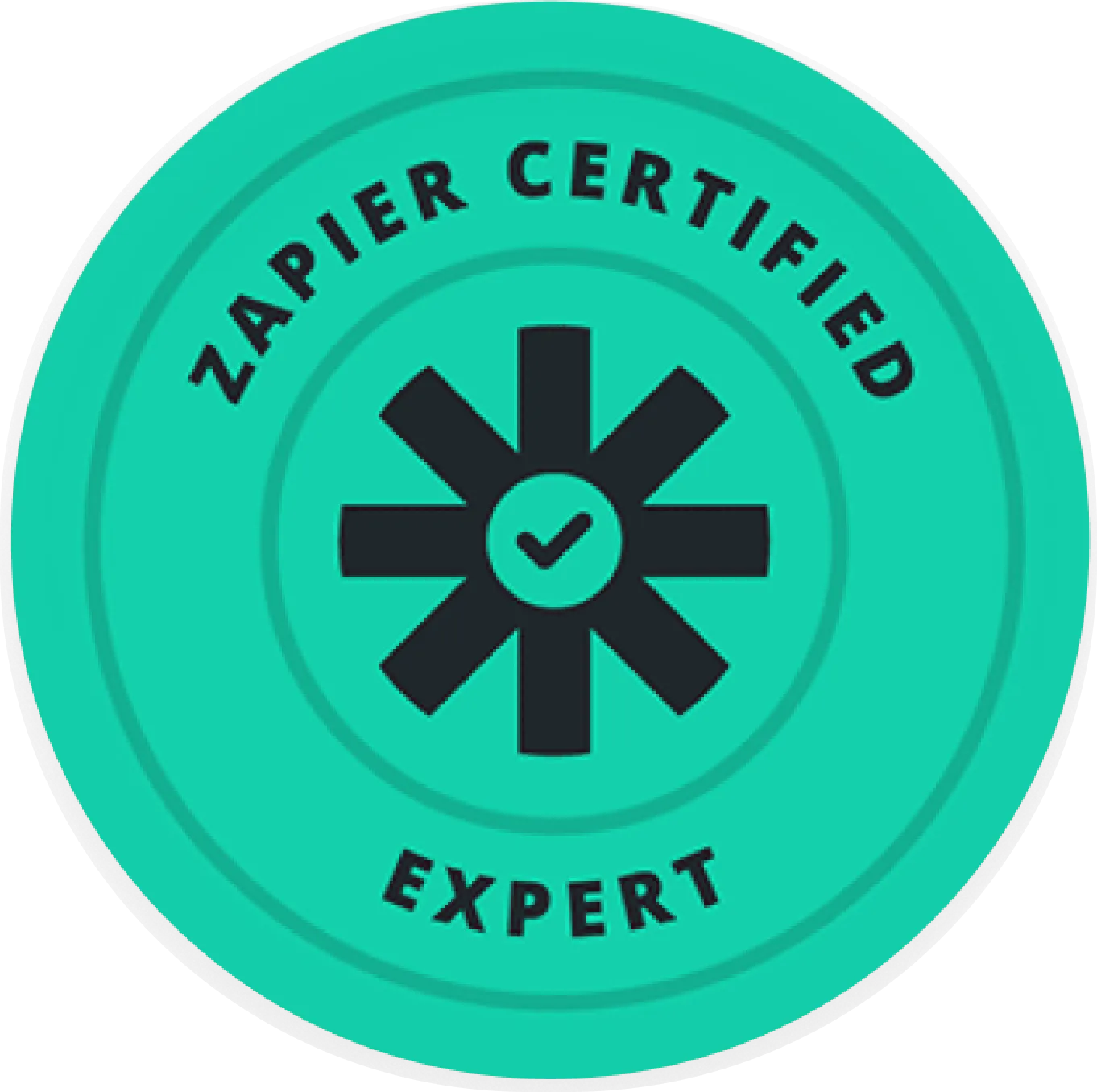Citizen development turns business experts into solution builders using intuitive low code and no code tools. Done right, it compresses delivery timelines, reduces cost, and unlocks continuous improvement in the teams closest to customers and processes.
In this article, you will learn what citizen development is, who citizen developers are, the business case and risks, and a practical step by step approach from ideation through deployment. You will also see where low code and no code platforms fit, how to govern collaboration with IT, and how Makeitfuture can help you scale outcomes with the right guardrails and operating model.
WHAT IS CITIZEN DEVELOPMENT?
Citizen development is an operating model where business users design and build applications, automations, and data workflows using low code and no code platforms, under IT governed standards. It complements traditional software development by moving simpler, high value workloads to the edge of the business where domain knowledge lives. The goal is faster, safer delivery of operational software, not bypassing IT. See PMI’s formal definition and playbooks for establishing a program at scale (Project Management Institute’s Citizen Developer framework).
WHAT IS A CITIZEN DEVELOPER?
A citizen developer is a non engineering professional, for example a finance analyst, operations manager, or HR specialist, who builds apps or automations with visual designers, templates, and declarative logic. They do this inside a program with training, governance, and IT oversight.
Citizen developers differ from central IT teams in focus, skill sets, and accountability. The table below clarifies the split of responsibilities.
KEY BENEFITS OF CITIZEN DEVELOPMENT FRAMEWORK
A well designed citizen development framework combines enablement, governance, and platform choices so you can scale outcomes without losing control. The benefits are tangible when you measure them against backlog burn down, lead time, and compliance.
- Speed to value. Low code approaches can accelerate delivery by five to ten times compared with traditional methods, which removes weeks or months from cycle time.
- Backlog reduction. Move Tier 3 and departmental requests out of the central IT queue and let business teams own them with templates and reviews.
- Cost optimization. Lower build and maintenance costs for simple apps and automations; reserve specialist engineering for complex or high scale needs. Gartner also notes sustained investment and growth in the low code market, signaling enterprise grade maturity.
- Process quality and data consistency. Replace spreadsheets and email threads with governed workflows, forms, and single source datasets.
- Employee engagement. Empower problem solvers to fix their own pain points, which boosts ownership and operational learning.
- Risk reduction through visibility. Centralized environments, data loss prevention policies, and audit trails reduce shadow IT risk compared with ad hoc tools.
- Scalable governance. Platform features like environment isolation, role based access, connectors, and templates embed controls in the path of work. See Microsoft’s Center of Excellence starter kit for Power Platform as a reference pattern.
HOW DOES CITIZEN DEVELOPMENT WORK?
Citizen development follows a simple delivery loop, with guardrails and collaboration at every step.
- Ideation and intake.
- Capture problem statements, value hypotheses, and compliance flags in a standard brief. Score by impact, effort, and risk.
- Route through a light review with IT and a product owner. Decide: citizen build, fusion team build, or escalate to engineering.
- Use a portfolio board with categories such as automate, digitize, retire, or keep manual.
- Building with low code and no code platforms.
- Use visual designers, prebuilt connectors, and templates to assemble forms, workflows, and dashboards. Examples include Microsoft Power Platform, Google AppSheet, Salesforce Lightning, ServiceNow App Engine, Airtable, Notion, Zapier, and Make.
- Follow platform guardrails: environment strategy, data policies, naming conventions, and secrets management. See NIST’s Secure Software Development Framework as a baseline for governance controls.
- Where available, leverage AI assisted builders such as Power Apps Copilot for schema design and form generation to speed up first drafts.
- Testing and validation.
- Shift left with embedded testing: required test cases in the brief, sample data sets, and user acceptance criteria from the process owner.
- Security checks: data classification, role mapping, and automated policy validation. In platforms like Power Platform and ServiceNow, use solution packaging and environment separation for test and production.
- Deployment and operations.
- Promote to production via change control suited to the risk tier, with audit logs and rollback plans.
- Instrument telemetry: usage, errors, and performance. Define business KPIs such as cycle time saved, transactions automated, and compliance adherence.
- Establish support: citizen developer owns first line fixes, IT owns platform reliability, security, and integrations.

Success hinges on tight collaboration between business builders and IT. Create fusion teams that combine a process owner, a citizen developer, a platform architect, and a security reviewer. Citizen development thrives when IT provides the runway, and business teams own the outcomes.
HOW CAN MAKEITFUTURE HELP YOU WITH NO-CODE DEVELOPMENT SOLUTIONS?
Conclusion. Citizen development is not a side project. It is a structured way to decentralize innovation while centralizing control. Start with clear guardrails, a curated platform stack, and a funding model that rewards measurable outcomes, such as hours saved or error rate reduced. Use citizen development for departmental workflows, data collection, and operational analytics. Reserve highly complex, customer facing, or safety critical workloads for professional engineering, often in a fusion team model. Track value every quarter and prune what is not used.
Makeitfuture helps you launch and scale citizen development with a proven operating model. We set up your low code and no code platforms, implement governance and the Center of Excellence, train citizen developers, and co build your first wave of high impact solutions. Engagements include value mapping, platform configuration, solution accelerators, and managed operations with KPIs tied to ROI.
- Platform expertise across Microsoft Power Platform, AppSheet, ServiceNow App Engine, Airtable, and Zapier.
- Security first governance aligned to NIST SSDF and enterprise data policies.
- Accelerators for common workflows in finance, operations, HR, and customer success.
Ready to turn your backlog into shipped value at speed? Explore our no code services and book a working session with our team.
For proof points and patterns by industry and platform, review our recent work: Makeitfuture case studies.

















.avif)
